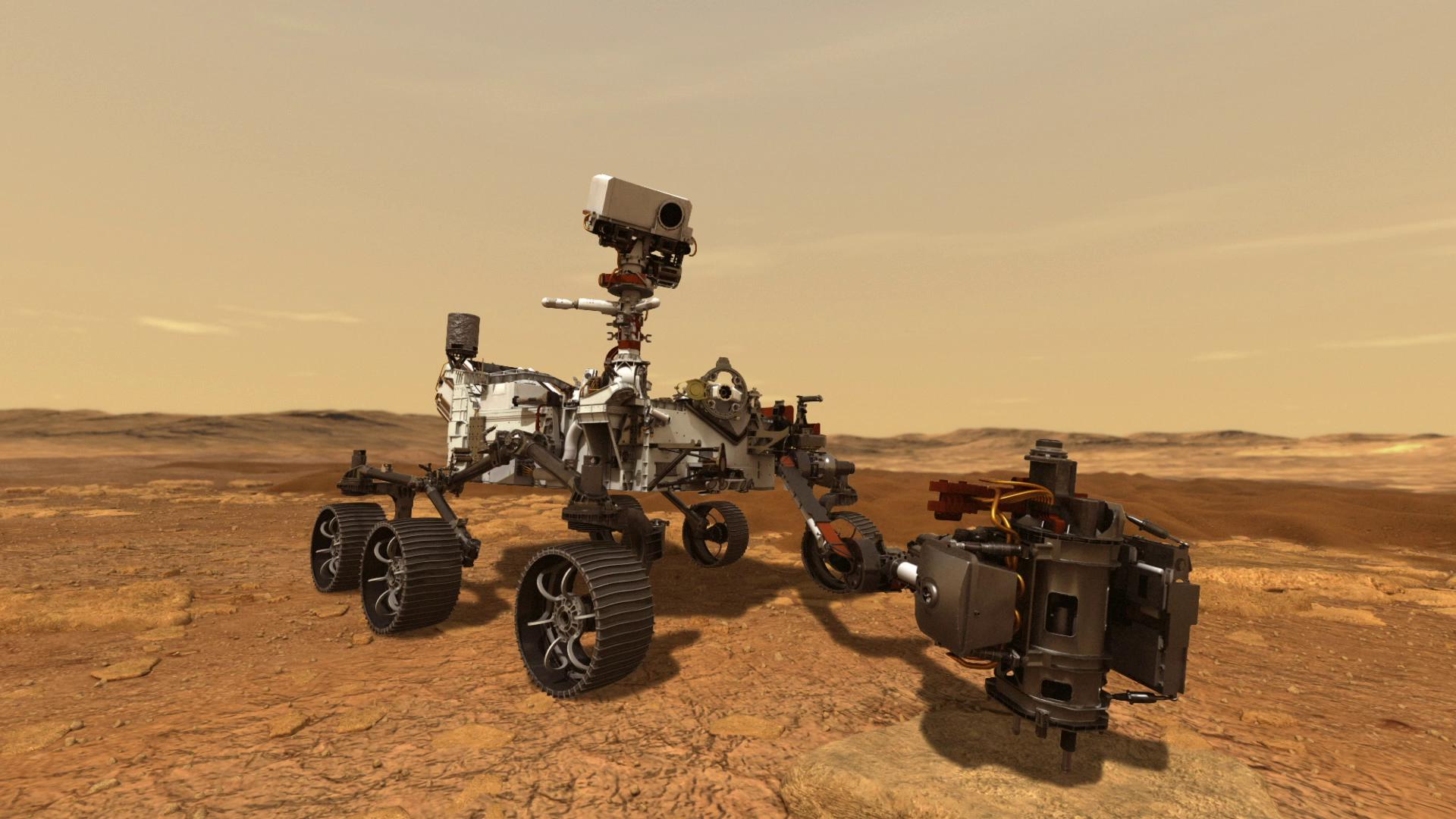
NASA expects to launch the Mars 2020 Perseverance mission from Cape Canaveral, Florida by 30 July, 2020. It is the largest and heaviest vehicle National Aeronautics and Space Administration (NASA) has ever sent to Mars.
This sophisticated vehicle is packed with new systems including advanced computational capabilities and scientific instruments.
This is what makes this mission a special one.
1. It is set to detect life on Mars
The mission is to not only land on Mars but also pave way for human exploration beyond the Moon by searching for signs of ancient microbial life. It also aims to characterize the planet’s geology and climate by collecting rock and sediment samples for further research.
Planetary Science Director Lori Glaze of NASA believes that with this launch, they will get closer to answering questions regarding the existence of life on Mars.
2. Lessons learnt from previous rovers will help Perseverance set foot on Mars
The Perseverance rover aims to learn from the other Mars rovers.
In 2004, it was learned that Mars once had running water before becoming a frozen desert. In 2012, through the Curiosity rover, it was discovered that Gale Crater (landing site) housed a lake over a billion years ago with an environment that could support microbial life. Perseverance will add on to these already established findings.
3. It is expected to land on Jezero Crater
The Jezero Crater is said to have a high potential to gain information about life on Mars. It is said that around 4 billion years ago at Jezero Crater, there was a river as big as Lake Tahoe.
The science team of NASA has decided to choose Jezero Crater because it is such a promising location for finding organic molecules and other potential signs of microbial life.
4.Will collect data on Mar’s geology and climate
Perseverance will also collect important information about Mars’ climatic conditions and geological history to understand why Earth and Mars which originated from the same primordial source ended up differently.
It is the first rover to bring a sample-gathering system to Mars that will package proof of rocks and sediments for return to Earth by a future mission.
A Mars Sample Return campaign is being planned by NASA and the European Space Agency to they will use terrestrial laboratories to gain definitive evidence of life on Mars
5. It has unique features that will help astronauts once they land on Mars.
The Terrain-Relative Navigation system will autonomously help the rover avoid hazards during landing. The Mars Environmental Dynamics Analyzer instrument suite will provide data on weather, climate, and dust. Meanwhile, the Mars Oxygen In-Situ Resource Utilization Experiment aims to produce oxygen from Mars’ carbon dioxide atmosphere.
6. 11 million people part of the mission!
The rover has 23 cameras that will give a high-definition view of the landing process on Mars on 18 February, 2021. It will also carry three silicon chips with names of about 11 million people who signed up to ride with the mission.
Source: NASA




